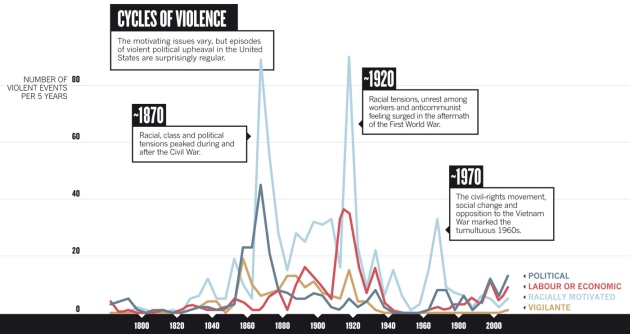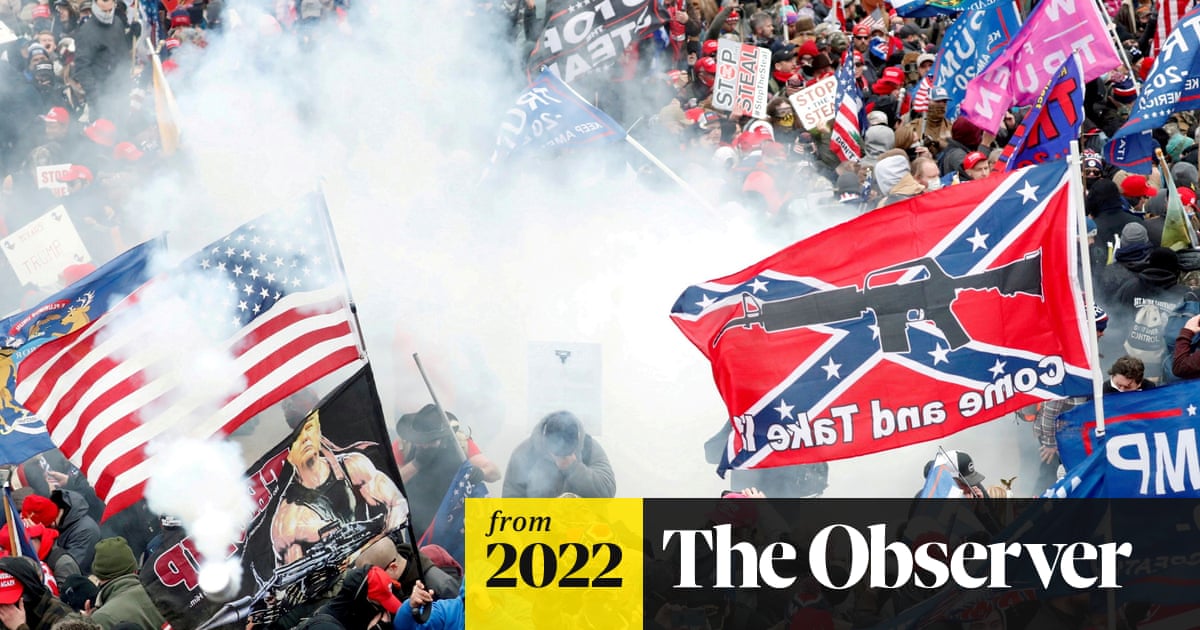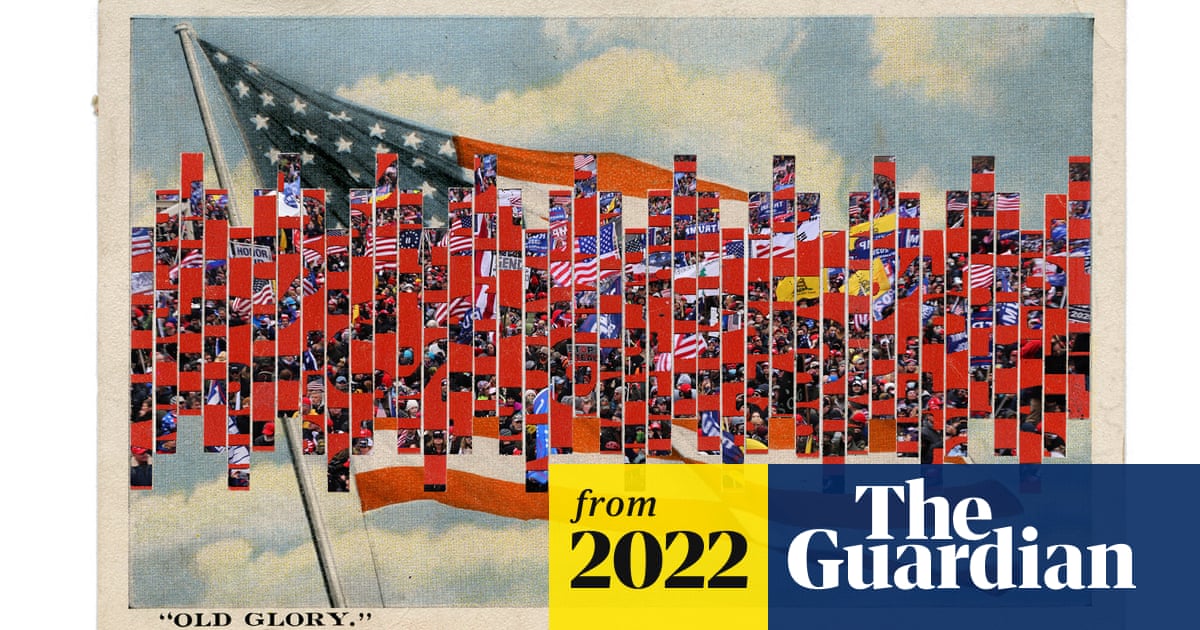D
Deleted member 427
Guest
Typ zrobił wyliczenia i wyszło mu, że w roku 2020 wybuchną w USA jakieś poważne zamieszki (wojna domowa/rewolucja/bunty społeczne):
Since the 1970s a number of demographic variables have been trending in ways that indicate a very serious crisis just around the corner.
http://www.isciencetimes.com/articl...s-uses-math-predict-mass-shootings-social.htm
http://socialevolutionforum.com/2012/08/03/a-feature-article-in-nature-on-cliodynamics/
http://www.nature.com/news/human-cycles-history-as-science-1.11078
Co wy na to?
Since the 1970s a number of demographic variables have been trending in ways that indicate a very serious crisis just around the corner.
http://www.isciencetimes.com/articl...s-uses-math-predict-mass-shootings-social.htm
http://socialevolutionforum.com/2012/08/03/a-feature-article-in-nature-on-cliodynamics/
http://www.nature.com/news/human-cycles-history-as-science-1.11078
Co wy na to?







